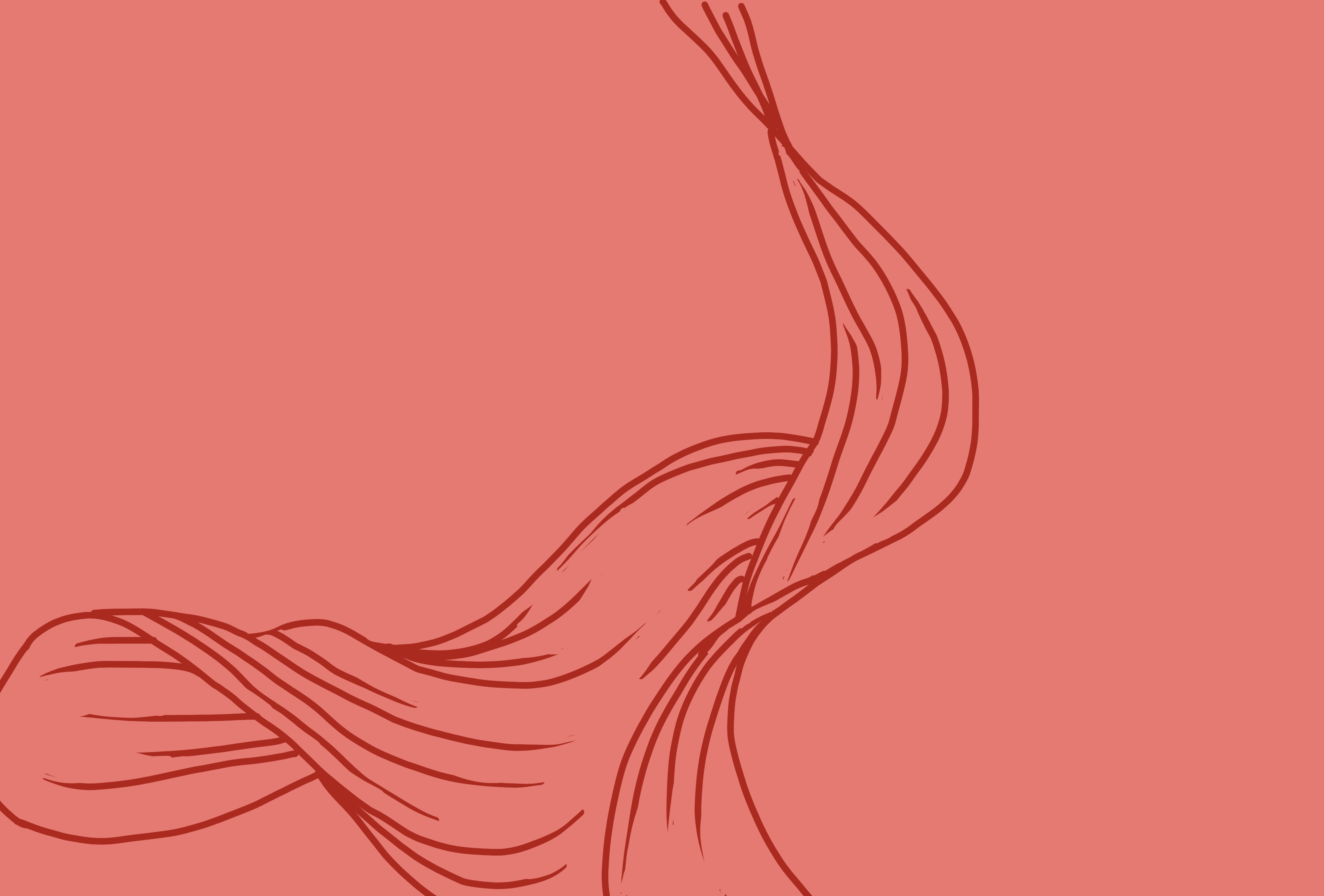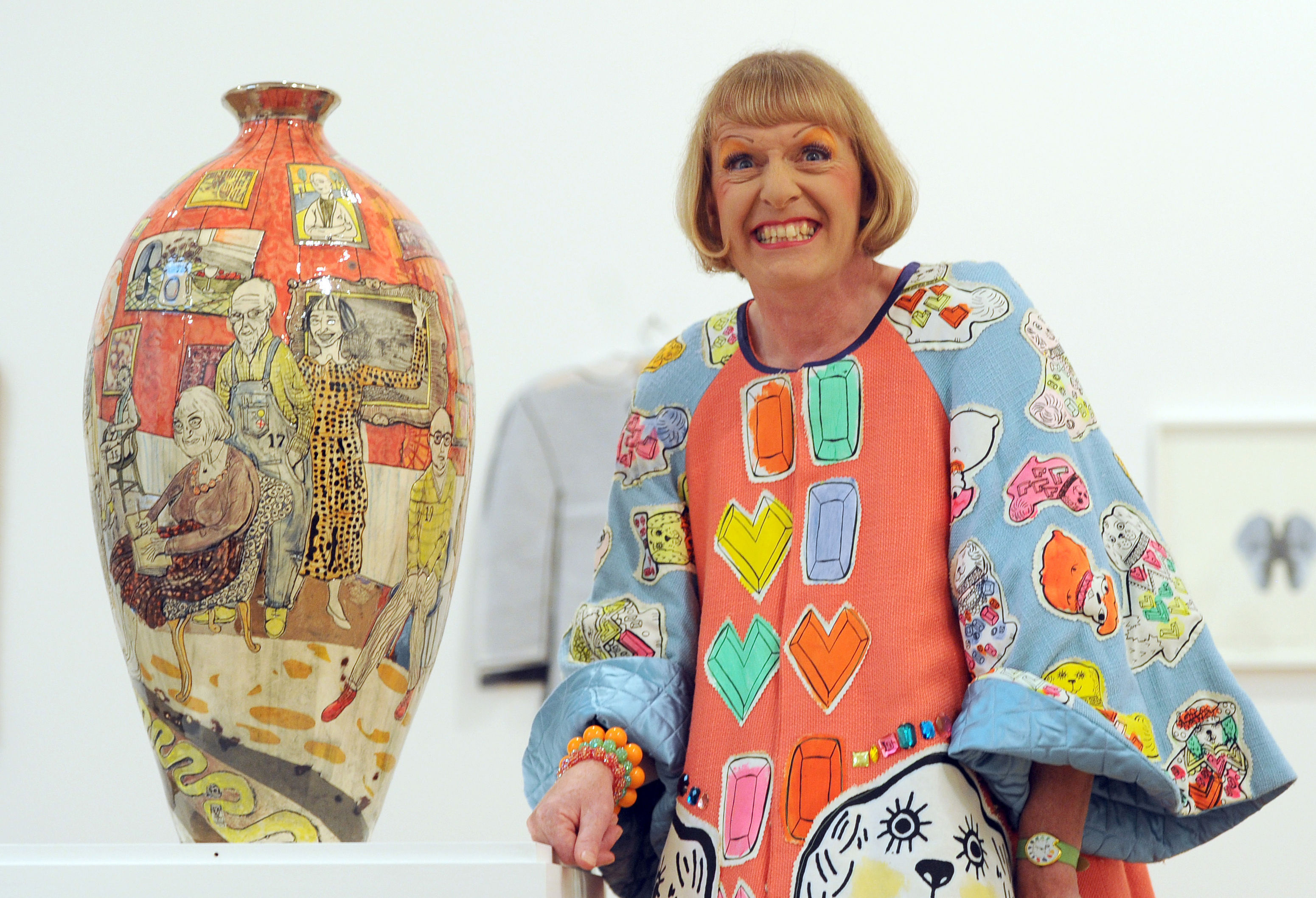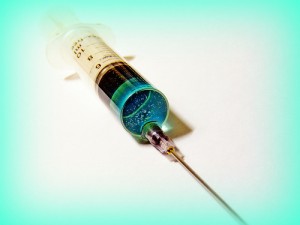
Ode to Joy
by Fenella Sentance | July 15, 2018
When I first began to touch myself it wasn’t “masturbation”—it was nothing but an expressive action. Its implications and attached politics were unknown to me. I was unencumbered by any words or conversations that may have inflected my private action with shame or disgust. I was, at least for a time, free from any awareness that something perceived as “unusual” was necessarily perceived as “bad”.
Of course this ended, as it does for most people, and especially for women. The death of this innocence was a slow buildup of self-consciousness, which gained strength only from my own creeping awareness that nobody else seemed to be doing what I was. But this was only foreplay for the greatest climax of realisation: a lunch time in Year 8. Here I discovered that not only was there was a term for what I was doing, but there was also a punishment attached. Once I had confessed to having done it, and worse, to having enjoyed it, I was cast in a new comic role. Suddenly, I was clownishly sexual. I was desperate and almost pitiful—a neat punchline.
To my boundless relief, female masturbation and the steamy taboos which engulf it are being increasingly discussed. Masturbation is becoming an issue as regularly touched upon as many of our clirotises undoubtedly were by the time secondary school rolled around. From Rupi Kaur saying she wants to “honeymoon [her]self” to ‘OMGYes’ promising “no blushing, no shame” in the virtual-stimulation of women, the route to self-pleasure is really having a moment. You no longer have to circumnavigate the internet to find material such as Cosmopolitan’s instructive guide on how to “throw a party for one” (don’t “jackhammer” your clit?!), or Ilana Glazer’s elaborate preparatory ritual, which includes lighting candles, applying blue lipstick, and even erecting props—all just to feel herself up.
What’s striking about these ‘exposés’ of female masturbation is the recognition of masturbation as a sexual experience in its own right. Self-pleasure need not be the guilty, shameful, or a substitute version of ‘real’ sex with another person. Instead, it can be its own autonomous pleasure. It is to make love and embrace yourself as your own lover, to be the satisfaction of your own needs, and so close the rift between desire and fulfilment.
This view of self-pleasure might appear overly-indulgent, perhaps because it can seem incongruent with getting off to ‘Big Boobs Whores Squeezed their Big Boobs’ (what a sick cyclical title!) at one in the morning. Wanking might seem, most the time, to be just wanking, but it has rarely been treated as such in relation to women. Festering beneath those Year 8 incidents, and the resultant embarrassed hesitation women are left to feel towards their erotic bodies, is a cultural compulsion to censure female-curated sexuality. It is key to mobilise a radically alternative narrative around self-pleasure, which not only divorces it of shame, but indulges in its brilliance. I understood and practiced this brilliance as a child, not yet fully sub- merged in the social politics that plague female masturbation.
Self-pleasure never operated as substitute teacher for the ‘real thing’. Indeed, this ‘real thing’, that we commonly accept to be sex with another person, was neither known nor experienced. For children, then, self-pleasure is its own independent and lengthy romance; nothing less than a pure and messy adoration.
Yet, what with essays and dinners and jobs and driving lessons—and so much shame—this personal love-a air whittled away into something at best awkwardly guilt-ridden and at worst unspeakably gruesome. Perhaps these pre-shame childhood experiences are lost as much to the necessity of hyper-productivity as they are to shame: there simply isn’t the time to indulge in indulging oneself.
However, this loss of a devotedly self-adoring self-pleasure can be temporary. Set aside a moment. ere is no feeling comparable to tracing out of the velvet of your own skin. Pad up and down its layers, indenting an index finger above the lip as if it is this very movement that makes the flesh sink and fold into its philtrum. These actions allow you to become the sculptor of you own body. It is a satisfaction akin to carving and squeezing a lump of clay and pressing out all its shapes. Play long and hard, tease and strain out each note of your body. Create the sensation and indulge in it. Crash and coalesce into a singular action. e joy is the work and the work is the joy. is, then, is what distinguishes masturbation from sex. Self-pleasure guarantees that the moment of desire can be the precise moment of fulfilment; you get to luxuriate in the sensations you yourself are creating. is easing of your own body into submission and desperation might seem an initially odd seduction, but it begins an experience that demands and reveals endless qualities all at once: your dominance, submissiveness, control, desperation. You soon appreciate that you are a diverse lover. An hour’s work: an hour’s joy.
Luce Irigaray wrote that the labia embodies both singularity and duality. As she points out, the folds of the labia are both two things (a pair of lips) and a singular whole. This pair forms an all-encompassing circle, a ‘Big O’, that is perpetually touching itself. It is a fitting analogy for the rewards of spending hours on pleasuring yourself. While masturbating, you are the lover and the loved—dual and singular.
Of course, sex is its own thrill, but these two sexual experiences are not substitutes for one another, nor are they interchangeable. By feeling yourself up, inside, and out, you commit an independent, explicit, and unrepentantly personal recognition of yourself as a sexual being. Shame can go and fuck itself but, most importantly, so can we.




